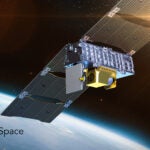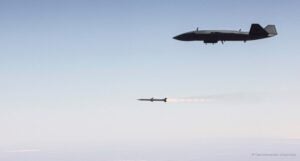
The Space Development Agency (SDA) last Friday released a new solicitation designed to give non-traditional defense contractors an opportunity to compete to provide satellites for on-orbit mission demonstrations and experimentation. The Hybrid Acquisition for proliferated Low-earth Orbit (HALO) program will employ other transaction for prototype agreements through a staged competitive acquisition process that will create a pool of selected offerors who then compete for specific prototype orders under two Tranche 2 Demonstration and Experimentation (T2DES) variants and the Deimos mission.…

 By
By 











